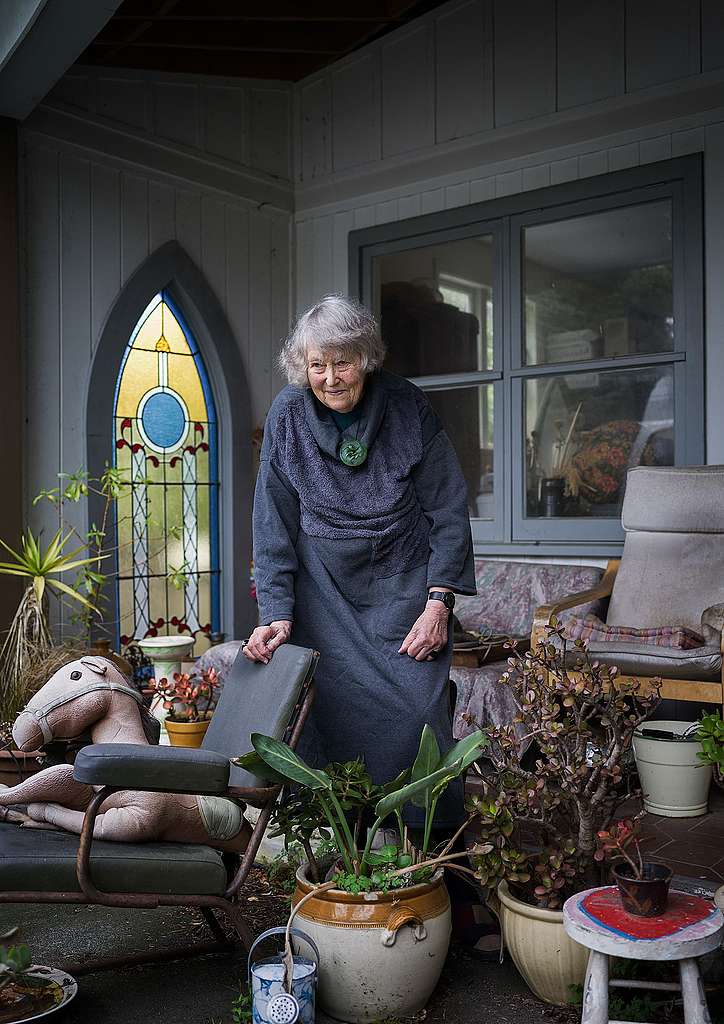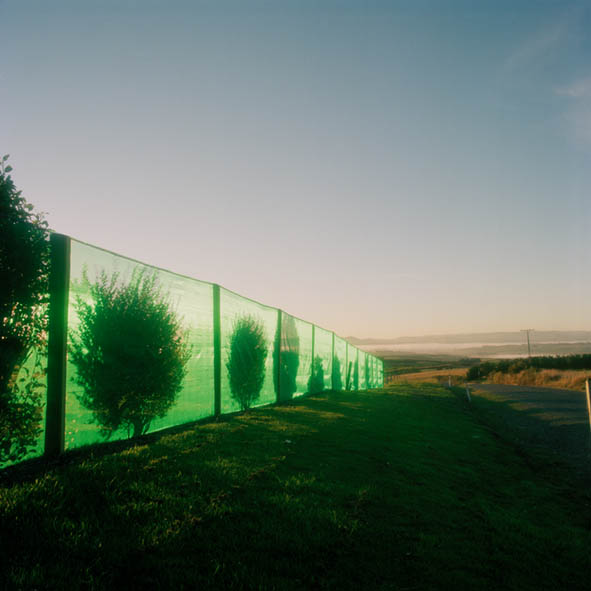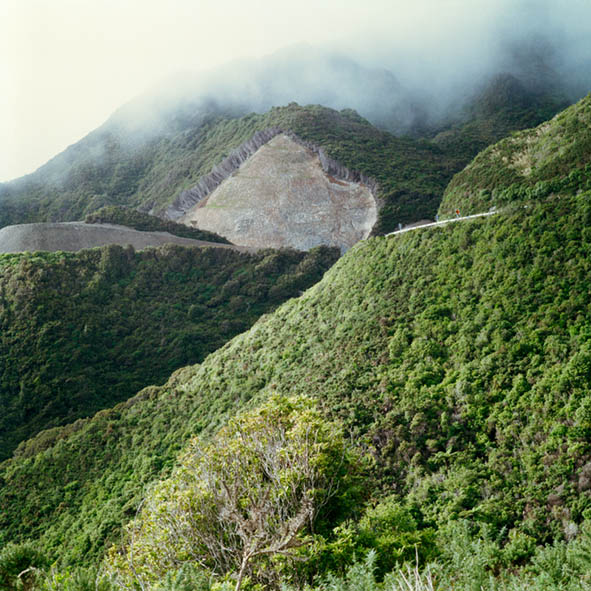Ans Westra died last month. She was a New Zealand thinker who used photography to ask us questions about our society. She was most well known for her photography of Māori communities in the twentieth century but she also had views about ecology.

About a decade ago she asked me to write a short piece for a book of photographs she was publishing about the ecological destruction of the land of Aotearoa. The book was called Ngā Tau ki Mura Our Future. It was a bleak set of photos of degraded and denuded land. Cleared hillsides eroding into the rivers. Barb wire fences with dead possums. Housing developments where once there were wetlands. It was depressingly honest and I’m not sure it would have found a huge audience!
This is the piece I wrote, and it seems right to republish it now and dedicate it to Ans.
Living here as if it were forever
Some people carpet their lounge rooms, some people carpet the bedrooms, but we carpeted the whole country. We did it in the name of progress and growth, we did it to make a living in our new world, we did it to feed our kith and kin. But we did do it.
Trees, swamps and birds have been replaced by grass, sheep and cows.

In England, the rolling green hills seem natural and comfortable. But here the green grass looks like a mangy dog that’s lost its hair, perhaps because the forest was cleared so recently. It’s uncomfortable. To be fair we left a good chunk of our mountainlands mostly intact; because we didn’t want to use them.
But we virtually exterminated the lowland forest; the prolific, dense, diverse, bird-filled, magical lowland forests are nearly all gone. The shadows of these once mighty forests can still be seen here and there in the nooks and crannies of little gullies, like pubic hair desperately trying to maintain the modesty of a denuded hillside.
But even these remnant patches of bush are disappearing fast – Landcare Research found that the latest wave of agricultural intensification resulted in clearing native vegetation at the fastest rate since European colonisation.

“White man do you have no sacred sites?”
Sometimes I can’t help but wonder at the almost irrational determination to clear and drain almost every last acre of lowland forest and wetland, to erase every scrap of evidence that they existed. Was it driven in part by guilt; driven by a desire to avoid the accusatory looks of future generations lest they fully understand the gravity of their loss?
When Stephen King and his friends sat high in the ancient giant totara trees in Pureora forest, to stop the bulldozers and the chainsaws, they saved one of the very last stands of thousand year old totara in the world. Was the anger directed at him not so much because of his splayed feet and ragged beard, but because they knew that everyone who sees that forest will know what has been done?
Those lonely ancient forest giants bear witness; they are the living proof of their loss, and ours.
But there is a dream doing the rounds amongst the dreamers. It is a dream of bringing back some of the lowland forests and swamps. It is a dream that starts with a green ribbon from the mountains to the sea, a green ribbon wrapping around our rivers and streams and estuaries. By fencing and planting out lowland rivers and streams we can start to heal the land; the raw weeping sores of eroding gullies salved by living bush.
And here and there, the green ribbons will reconnect to form green blankets of regenerating lowland forest.
I know that there are many who share this dream. I know that this dream is starting to seep into our souls. I have seen old men, hard men who cleared the bush, smiling as they told me about their sons and daughters planting trees by the thousand.
This isn’t just about healing the land, and it isn’t just about healing ourselves, it’s about living here as if it were forever.
